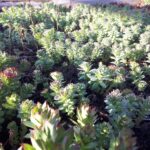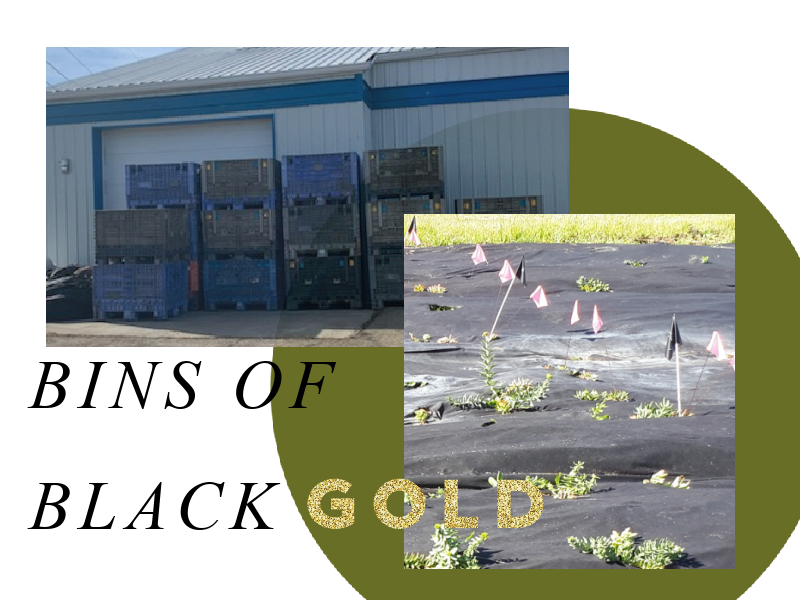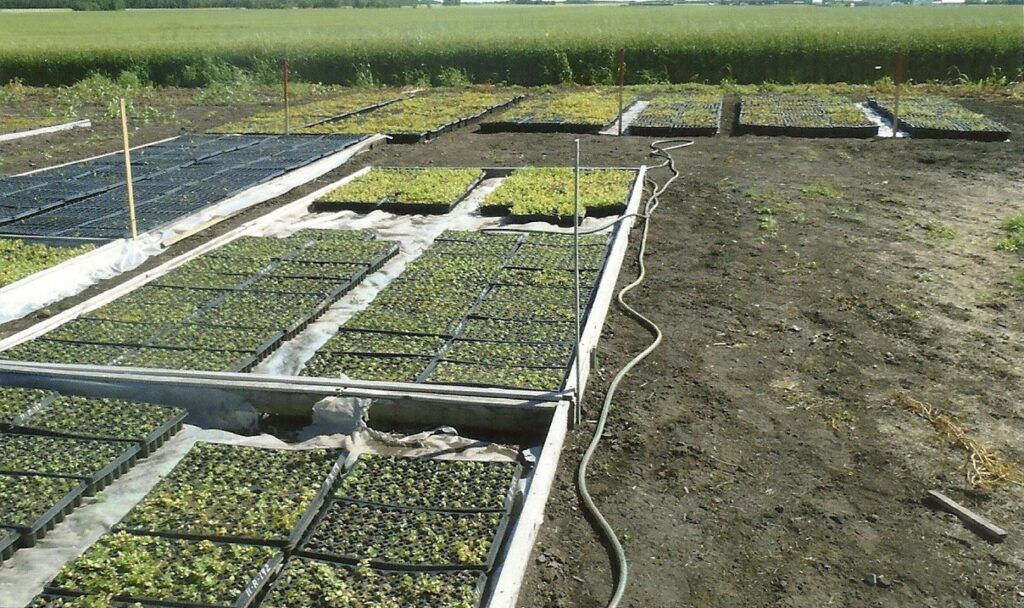
ARRGO is thankful and grateful for the work of Ann Armbrecht and Terrence Youk who have recently released their video – The Case for Cultivating Rhodiola rosea. Ann is the Director of the Sustainable Herbs Program of the American Botanical Council. Interviews by Ann and filming and editing by Terry have accurately told the story of what we do and why we do it.
The detailed research of Josef Brinckmann regarding the status of wild Rhodiola rosea was released earlier this year. His paper is cited and reviewed in an earlier ARRGO blog. In the video Dr. Brinckmann discusses the slow growing nature of Rhodiola rosea and how the plants that are wild harvested have been growing for 20-30 years to reach maturity. ARRGO works with the slow-growing nature of Rhodiola rosea, and has demonstrated maturity under cultivation at 5 years. Given time to grow, a circumpolar climate, and limited competition from other plants, the cultivated Rhodiola will yield economic returns after 5 years of diligent crop management efforts.
Since 2007 ARRGO applauds and supports the pioneering and inventive spirit of the members of our growers cooperative. We have learned enough to make it work, and there is much more to discover, to be amazed by and surprised by, as we continue to work with this amazing adaptogen.
ARRGO also recognizes that it is essential to share our knowledge with others who are keen to cultivate Rhodiola rosea sustainably. ARRGO openly collaborates with the Alaska Rhodiola Growers, as well as grassroots efforts in the provinces of New Brunswick and Quebec. There is room for many as the worldwide demand for Rhodiola rosea increases.
ARRGO looks forward to working with companies and their customers who demand purity, sustainability and a stable supply chain. Thank you for supporting the ARRGO Farmers and for making cultivated Rhodiola rosea truly sustainable.

















